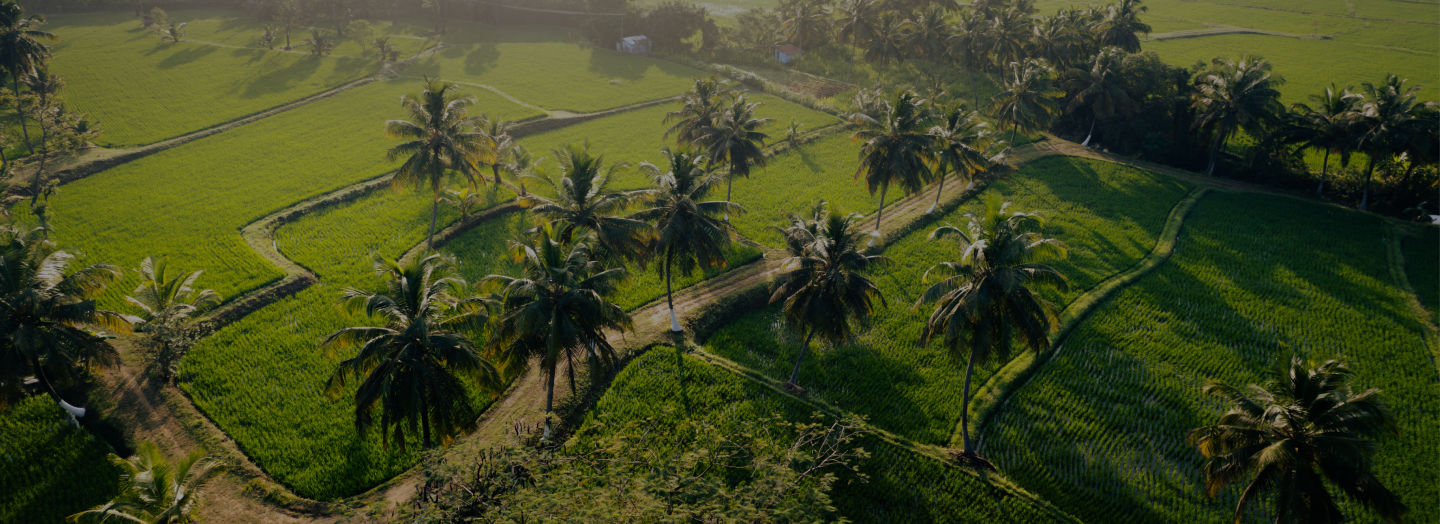
Cultural Events
Things To Do
In Healing Village
In Kerala
Cultural Events
Kathakali
The ancient and classical dance drama Kathakali depicts a devotional act and the universal conflict between good and evil. The dance style uses choreography, hand gestures, facial expressions, and years of training to portray Indian tradition.
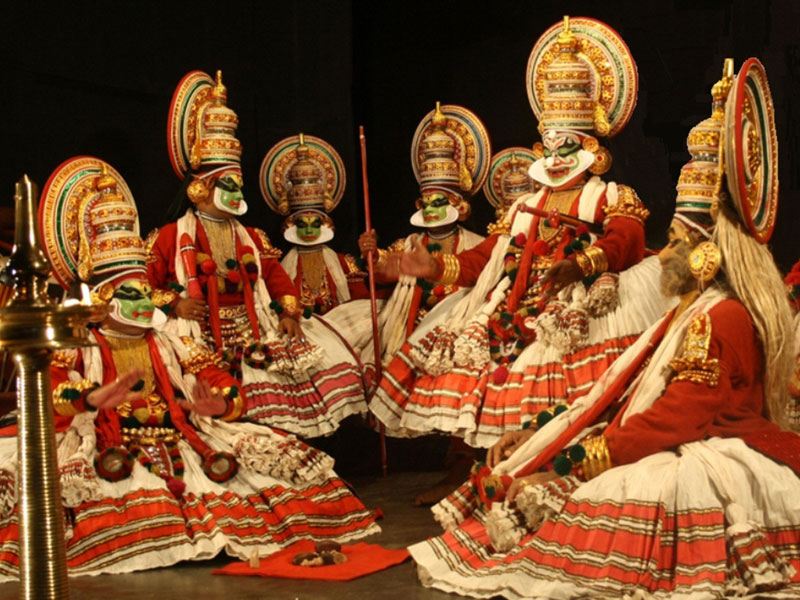
Makeup and headdresses, followed by colorful costumes worn by different characters, are the symbolism of Kathakali, which demands a great deal of work. Folk mythologies, religious traditions, and the spiritual concepts of Hindu epics are all exemplified by Kathakali, an otherworldly and wonderful aspect that makes the entire dance extraordinary.
Dance is unique because of its storytelling style, superb footwork, and striking facial and hand movements that are complemented by vocal and musical performances. The ancient martial arts and athletic customs that are common in Kerala and the surrounding areas are reflected in the elaborate and vibrant makeup, distinctive face masks, and costumes, as well as the unrivaled style and moves. Traditionally, male dancers perform it.
Mohiniyattam
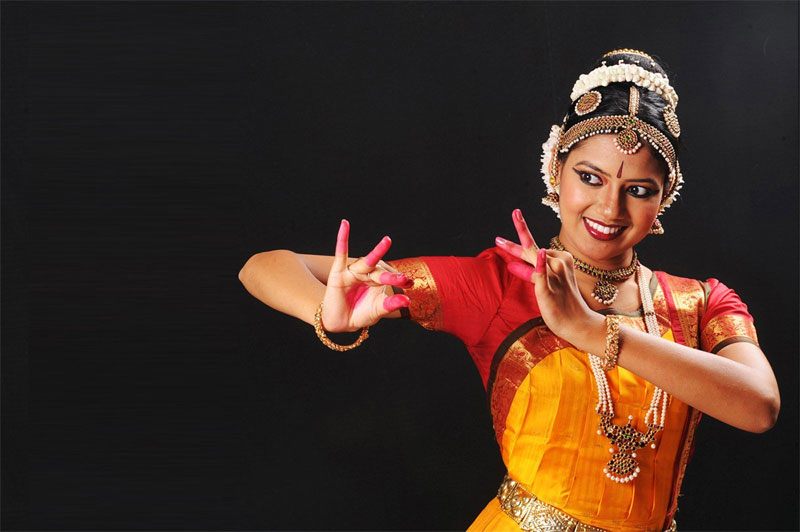
Mohiniyattam, Kerala’s traditional dance style, has its origins in Hindu mythology. The enchantress “Mohini” is shown dancing in the flowing motions. With her elixir-restoring beautiful motions, ardent eyes, and oscillating dancing steps, she captivated devils. It’s a visual treat, with women wearing modest, exquisite dresses with gold filigree in ivory or pure white. This impression goes really well with the melodious music that goes with the dance. Facial expressions are highly valued in this dance style, similar to Kathakali, and dancers must be excellent actors to convey them in the best possible way. Popular throughout the Chera dynasty from the ninth to the twelfth centuries, Mohiniyattam is a highly stylized, feminine dancing style.
Bharatanatyam
South India is the birthplace of Bharatanatyam, one of the oldest styles of classical dance. “Bharatanatyam” is the name of a dance style that incorporates bhava(expression), tala(rhythm), and raga (melody). Hindu religious themes and spiritual concepts are illustrated through dancers’ amazing footwork and striking gestures. Among its repertoire of performances are Nrita (Pure dance), Nritya(expressive dance), and Natya(dramatic storytelling). Across the nation, the dance style serves as an inspiration for a variety of artistic mediums, such as sculpture and painting. It is a challenging dance style that calls for dedication, years of practice, intense facial expressions, exceptional acting ability, and intricate foot and body movements.
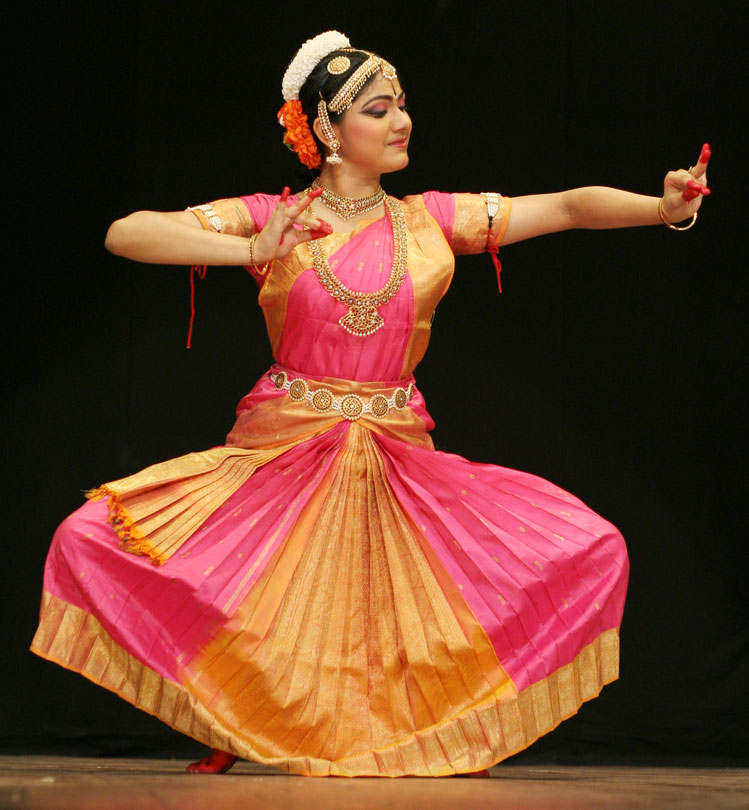
Chenda
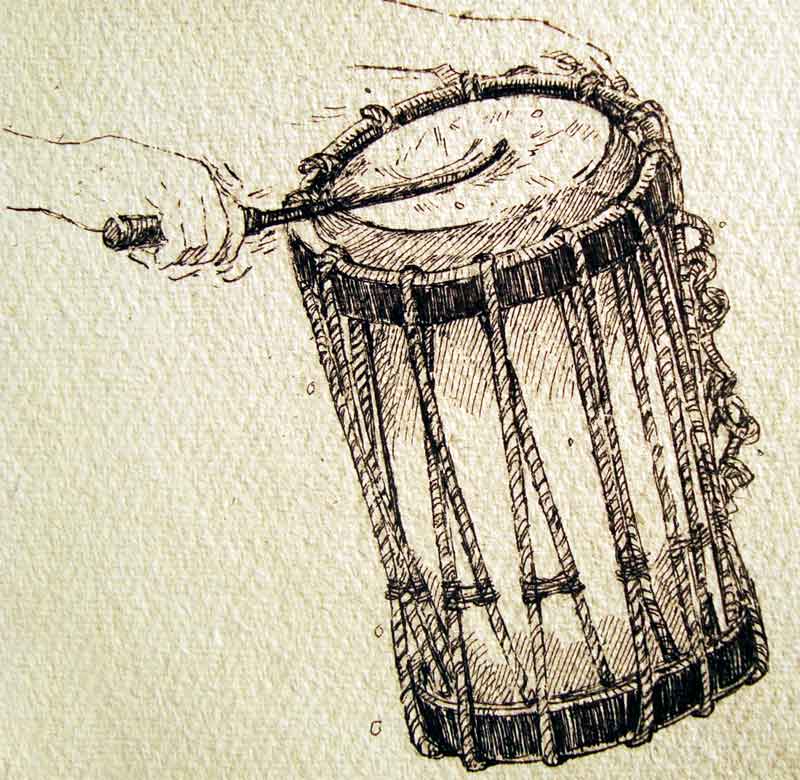
Among Kerala’s many percussion art forms, the Chenda, a percussion instrument, holds a distinct place. The magnificent instrument is seen as inevitable and is utilized extensively in practically every Keralan event. The player beats intricate rhythms on the drum surface using specialized sticks. The instrument’s cylindrical wooden body is composed of cassia fistula, sugar palm, white teak, and jackfruit tree wood. The unique feature is that the wood is from the centre of the jackfruit tree.
Kalari
Kalari Payattu is a martial art practiced in a unique type of gymnasium called Kalari. The unique training in “Marma”, or the art of understanding and triggering each of the 107 energy spots in the human body, is a significant aspect of Kalari. The purpose of these marmas, or vital places, is to restore the body’s resources and balance its energy flows. Thus, Kalari transforms the practitioner into a self-healer as well as a warrior who may use his healing abilities to assist others.
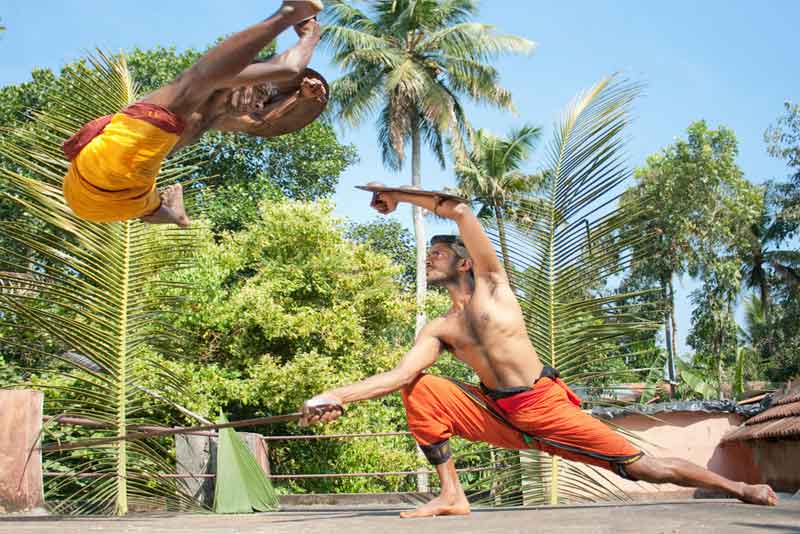
Kalari has its own Ayurvedic medical specialty that treats injuries, physical ailments, and dislocations. These methods are used in conjunction with massages to relieve muscle soreness and improve body flexibility. Although Kalari’s popularity declined in the 17th century, it is currently fast increasing in the state of Kerala.